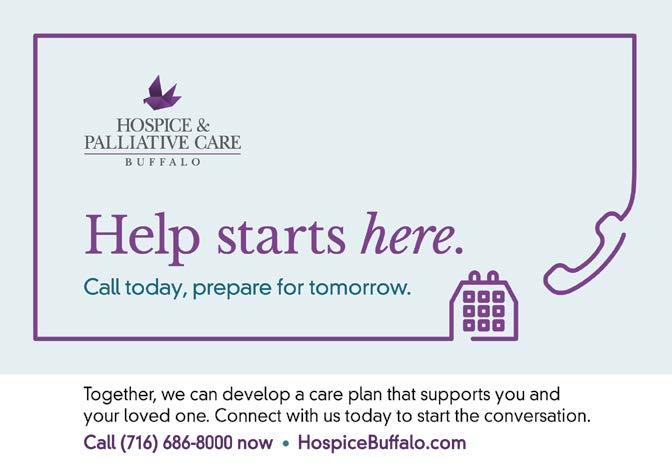
2 minute read
TOWARD OPTIMAL BONE HEALTH
The important relationship between vitamin D, vitamin K, magnesium, and calcium
BY JONNEMARIE KAHWATY
Osteoporosis and osteopenia are among the most common diseases affecting people over age sixty-five— particularly women. Both are caused by low bone density and can leave those afflicted at greater risk of injury and pain. So what is bone density and how can we maintain it to reduce susceptibility to these diseases?
When people think about nutritionally maintaining healthy bones, calcium is often the first word that pops into their heads. This is because bone tissue comprises mostly calcium, along with another mineral, phosphorous; these nutrients give bones their hardness and rigidity. The amount of these minerals in the bone is referred to as bone density, so the lower the amount of calcium in the bone, the lower the bone density. The lower the bone density, the weaker the bone, and the higher risk for pain and injury.
There’s no debate that calcium is vital for bone health but unfortunately, it’s not as simple as just drinking more milk, eating more dark, leafy greens, or taking calcium supplements. The body is full of complex systems that require different minerals that all work together to keep things healthy and balanced. Three key nutrients are crucial to keeping a healthy amount of calcium in the bones: vitamin D, vitamin K, and magnesium.
Up first: vitamin D. (Fun fact: despite the name, vitamin D is actually a hormone!) Vitamin D has been getting a lot of attention recently. In fact, it’s commonly listed as a nutrient deficiency in older adults, second to calcium. This isn’t surprising, as the two are related; it is vitamin D’s job is to absorb the calcium and phosphorous from the gut. You can consume all the calcium you want, but without Vitamin D, it’ll never get absorbed into the bloodstream! People with a vitamin D deficiency therefore have a higher risk of bone loss. While you can obtain vitamin D through diet with foods such as wild caught salmon or other fatty fish, oysters, tuna, egg yolks, and mushrooms, diet only provides our bodies about ten percent of its vitamin D needs. Your skin manufactures the other ninety percent through sun exposure. So make sure to get outside and enjoy sunlight for ten to forty minutes a day (necessary amounts vary based on pigmentation)!
Vitamin D might do the bulk of the work in getting calcium where it needs to go, but it can’t do it alone. It works hand in hand with the lesser known vitamin K. Vitamin D gets the calcium from the gut to the bloodstream, but that isn’t where we want it! That’s where vitamin K comes in; it transports the calcium from the soft tissues and binds it to the bones. Too much vitamin D without enough Vitamin K can be harmful because not only does it prevent calcium from getting to the bones, but it also can create excess calcium levels in the bloodstream, which can lead to heart disease, atherosclerosis, kidney stones, high blood pressure, and more. Good whole food sources of vitamin K are pasture raised grass fed beef, milk, and cheese, as well as fermented foods such as nattō.
Now we understand how vitamin D, vitamin K, and calcium connect, but there is one more player in this game: magnesium. Magnesium converts vitamin D into calcitrol, the active form necessary promote the absorption of calcium from the intestines.
Chocolate, coffee, coconut water, cooked greens, and some fruits are all great sources of magnesium. Because magnesium is a mineral and not a nutrient, supplementation may be necessary beyond these sources.
The synergistic magic of vitamin D, vitamin K, calcium, and magnesium work together to build higher bone density! To focus on your bone health, partake in weightbearing exercise, avoid low-calorie diets, eat sufficient amounts of protein, maintain a healthy weight, and be aware of your intake of these elements. If you’re concerned about levels, ask your doctor about supplements. FY
Jonnemarie Kahwaty is a dance and fitness instructor, musician, and herbalist with a passion for holistic health and wellness.





